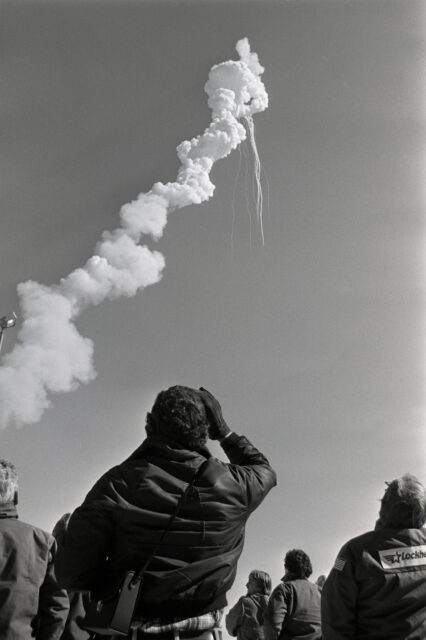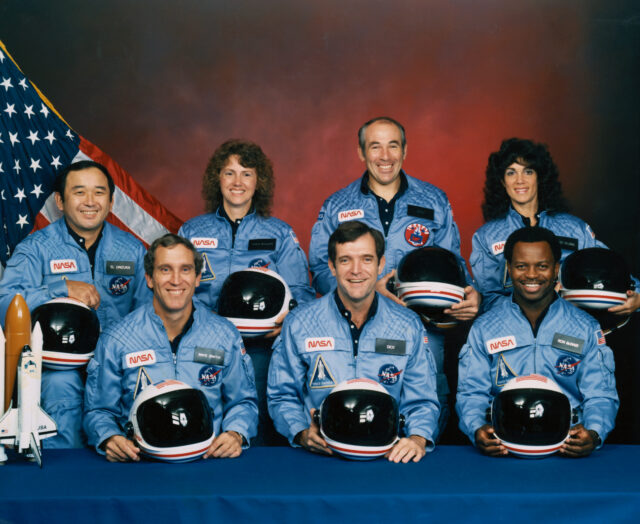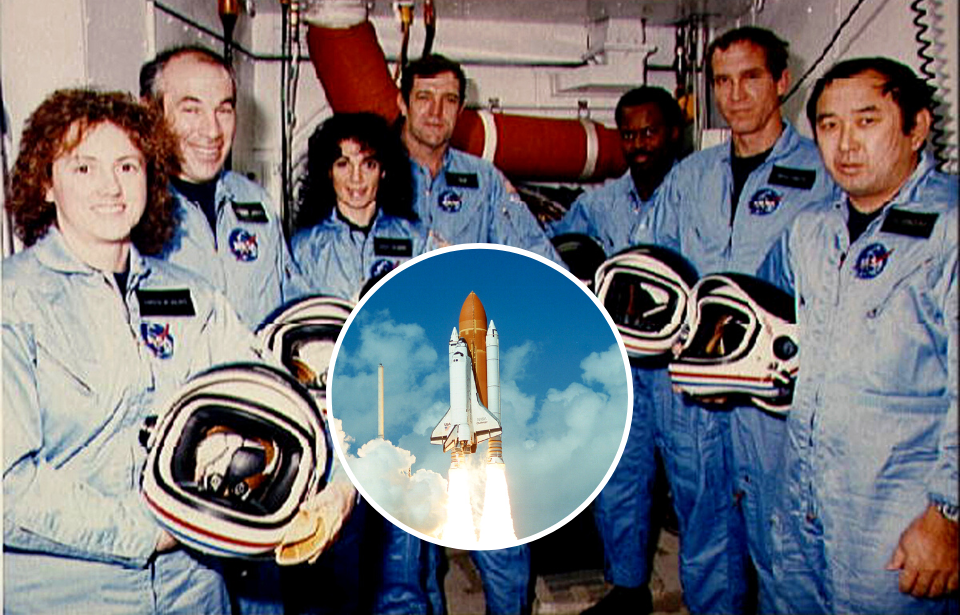When divers for a 2022 documentary series went searching the Atlantic Ocean for WWII artifacts, they were shocked to make a completely different discovery. It turns out they found one of the largest pieces of debris from the Challenger shuttle catastrophe. Confirmed by NASA, the piece of the shuttle will remain on the ocean floor while they determine the best way to honor the lives lost in the disaster.
The Challenger catastrophe

On January 28, 1986, the Challenger shuttle launch occurred. It was intended to be the program responsible for launching the first American civilian into space. That civilian was Christa McAuliffe, a New Hampshire school teacher. She, along with the six other crew members on board, set off to go to space when tragedy struck. Seventy-three seconds after the launch, the shuttle exploded, killing all seven crew members.
In a later investigation, it was determined that a cold front had crept its way into Florida the night before the launch. NASA said this “affected the integrity of O-ring seals in the solid rocket booster segment joints.” While some employees had raised concerns about the risk the temperature shift brought, the shuttle was still cleared for takeoff.
Bill Nelson, NASA administrator, said in a statement, “While it has been nearly 37 years since seven daring and brave explorers lost their lives aboard Challenger, this tragedy will forever be seared in the collective memory of our country. For millions around the globe, myself included, Jan. 28, 1986 still feels like yesterday.”
Following the accident, the US Navy and Coast Guard began the largest search effort conducted at the time in an attempt to recover pieces of the spacecraft and the crew’s remains. After seven months of searching 486 square nautical miles, they recovered 167 pieces of the shuttle, approximately 47 percent of the entire vessel. Since then, other pieces have randomly washed ashore, but the next largest find would come more than 25 years after the tragedy.
The documentary crew made a huge discovery looking for a missing airplane
A television crew from the History Channel was conducting a dive off the coast of Florida for a new program, The Bermuda Triangle: Into Cursed Waters. The reason for their expedition was to search for a WWII-era aircraft that had disappeared in December 1945. On the day of their first dive, members of the crew described the waters as being so murky, it was like swimming in a Guinness beer.
However, during their second dive, which took place in May 2022, they stumbled upon and captured footage of a 15 by 15-foot piece of debris covered in silicon tiles. This is what made them believe it was from the Challenger’s underbelly, as thousands of those tiles would have been used to protect the shuttle from heat as it re-entered Earth’s atmosphere from space.
After bringing the footage to NASA, the space agency confirmed it to be a piece of Challenger but only revealed this news recently. Jennifer Levasseur, a curator at the Smithsonian’s National Air and Space Museum, said, “Looking at the images that have been released, it’s obviously a piece of the orbiter. If you go and visit any of the space shuttles, you’ll notice that the tiles that protect the vehicle for reentry—those black tiles on the bottom—have a very obvious pattern, just like tiles on a floor.”
Mike Cianelli, program manager of NASA’s ‘Apollo, Challenger, Columbia Lessons Learned Program’, said, “… I am rather confident that it is one of the largest pieces ever found of Challenger.”
NASA is determining the next steps

As of now, the debris still sits on the ocean floor. Nelson explained, “This discovery gives us an opportunity to pause once again, to uplift the legacies of the seven pioneers we lost and to reflect on how this tragedy changed us.” As such, NASA is figuring out the next steps they will take to honor the astronauts who died in the Challenger tragedy.
“NASA currently is considering what additional actions it may take regarding the artifact that will properly honor the legacy of Challenger’s fallen astronauts and the families who loved them,” the space agency said in a news release.
Even though the catastrophe took place nearly 40 years ago, many remember where they were when they watched the launch that day. Finding this massive piece of Challenger debris has brought those memories to the forefront. Mike Barnette, the marine biologist who led the team that discovered the wreckage, explained how finding the artifact affected him.
More from us: Thousands of Ships Have Wrecked in the ‘Graveyard of the Pacific’
“I remember the day. I remember where I was. The tragedy of that and remembering watching it as a kid—it’s a mix of emotions to literally, literally, touch history,” he said.
